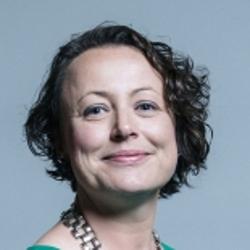Special Educational Needs: Speech and Language Disorders
(asked on 9th October 2024) - View SourceQuestion to the Department for Education:
To ask the Secretary of State for Education, what assessment she has made of the (a) adequacy of and (b) geographical inequalities in access to Speech and Language Screening in educational and early years settings.
The department is aware that the most prevalent type of primary need identified among pupils with special educational needs (SEN) is ‘speech, language and communication needs’ (SLCN). Our vision for children and young people with SLCN is the same as it is for all children and young people. We want them to receive the right support to succeed in their education and as they move into adult life.
The statutory Early Years Foundation Stage (EYFS) two-year old progress check and the Healthy Child Programme (HCP) development review offer two valuable opportunities to identify additional needs, including speech and language needs, for children aged 2 to 3 and put the right support in place for the children who need it.
The department is funding support for 11,100 schools registered for the Nuffield Early Language Intervention programme. The majority of these are schools with the highest levels of disadvantage, as defined by the percentage of pupils eligible for free school meals. As of January 2024, we estimate over 211,000 reception age children so far have received this extra support.
In partnership with NHS England, we are funding the Early Language and Support for Every Child (ELSEC) pathfinder programme, to trial new ways of working to earlier identify and support children with SLCN in early years and primary schools, utilising Therapy Support Assistants and a variation of identification tools across the pathfinders.
The department will consider how best to use learnings and insights from these programmes to improve support for children with SLCNs, including consistency of support provided across different geographies.

